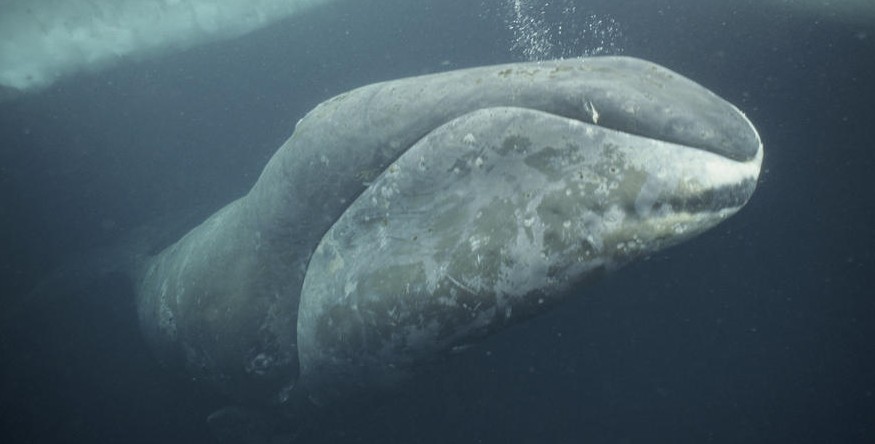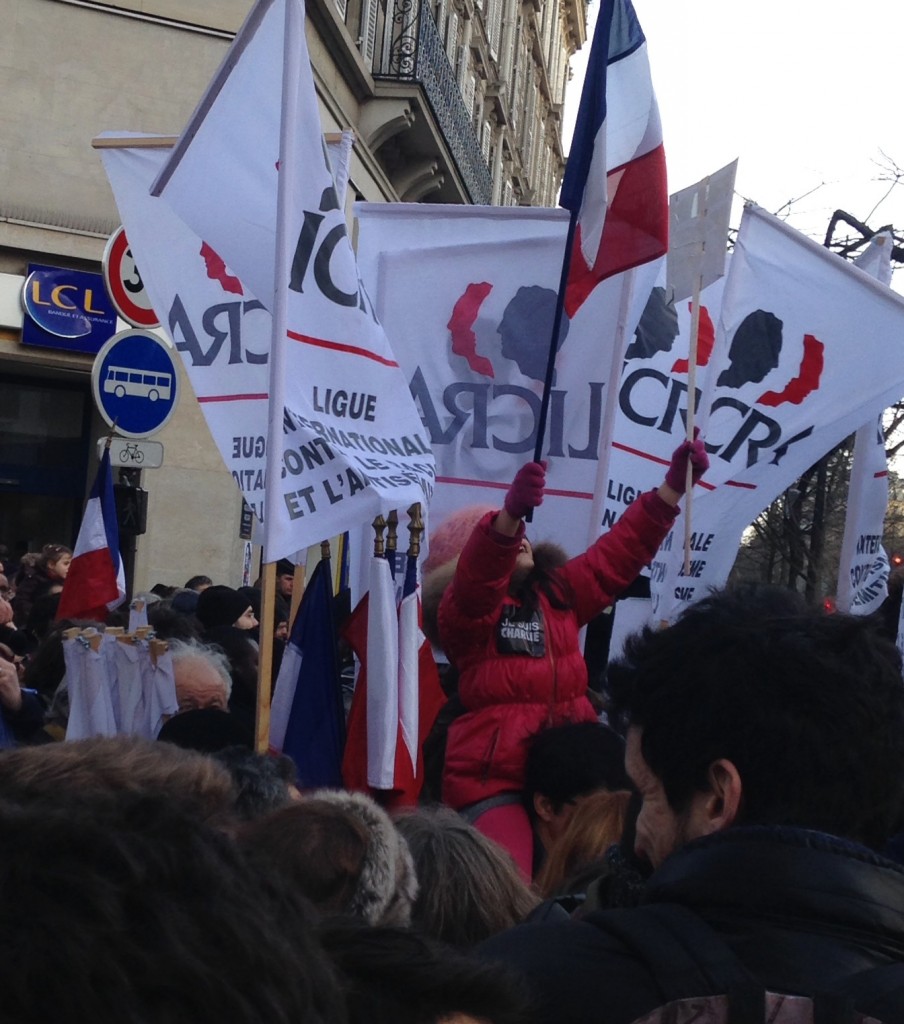Predispositions to prejudice can be manipulated, according to new research. By making social minorities appear to hold egalitarian beliefs, researchers demonstrated that those minority individuals would bear less prejudice–both implicit and explicit–from American and Chinese nationals. By manipulating the would-be judges so that they made their appraisals of minority individuals while in a collectivist mind-set, the researchers found this also could reduce prejudicial judgements.

“Our attitudes, both positive and negative, can be shaped by subtle factors in our social environment—things that we may not even be aware of, such as the cultural values we are thinking about at the moment or the message on another person’s t shirt,” Dr. Jeanine Skorinko, Associate Professor of Psychology at Worcester Polytechnic Institute, Department of Social Science and Policy Studies and lead researcher on the study, told The Speaker.
“By conducting research on these topics, we can start to better understand the effects these different factors have so we can better understand how our attitudes are shaped, how attitudes are transmitted, and how attitudes might change–whether short or long-term. When we learn about the effects these subtle factors have, we can hopefully become more mindful during our interactions with others and when thinking about our attitudes. It is also important to understand cultural similarities and differences as it is so much easier to communicate with others throughout the world, and we still, sadly, have ethnic and cultural discontent and violence.”
Skorinko explained how she and the team set on testing the effects of egalitarian views and collectivist mindsets on the formation of prejudicial judgements.
“This set of studies came about in several ways,” Skorinko told us. “As a group of folks interested in the phenomenon of social tuning, we chatted about cross-cultural differences and wondered how social tuning might work with collectivist mindsets versus the individualist mindsets we had been testing in the lab. Then I had the opportunity to collect some data while in Hong Kong. I was there as a faculty advisor for WPI’s global projects program and I took the initiative to collect some data to start testing this idea we had been thinking about. As for the views, we could have tested egalitarian or prejudiced views, and we opted to start with the more positive approach. This was also inspired by a t-shirt that I found while in Hong Kong.”
The researchers found that Hong Kong Chinese were less prejudiced toward homosexuals when the homosexual was perceived to be egalitarian.
“We manipulated the views based on the t-shirt the experimenter was wearing. We have found in past research that this is a subtle yet effective manipulation of perceived views because we assume people endorse something they are wearing. So, in this study, the experimenter either wore a plain white shirt–expressing no views, or what we call the neutral views condition–or they wore a t shirt that said, ‘People don’t discriminate, they learn it,’ and there were caricatures of individuals of all different ethnic backgrounds.
“I saw this shirt while visiting an NGO in Hong Kong called Hong Kong Unison. Their mission is to help racial and ethnic relations in Hong Kong. So, the shirt came from Hong Kong and from a group trying to improve relations in Hong Kong We made sure that people believed that the message and pictures on the shirt indicated egalitarian views by showing the t-shirt to individuals–in the US and Hong Kong–and asking them to tell us what the t-shirt meant to them. Participants overwhelming reported that it endorsed egalitarian views towards all groups of people.”
Skorinko noted that there was no manipulation of whether the experimenter was homosexual or not. The team merely manipulated whether the experimenter endorsed egalitarian views towards others or not.
Skorinko elaborated on how differences in prejudice were identified, and pointed out the important finding that mindset was more important than cultural affiliation when it came to prejudice.
“We conducted a meta-analysis across the three studies to see if there were any differences in prejudice that were expressed. We found that those in a collectivist mindset tended to express more prejudice when in the neutral–or plain t-shirt–condition than any other group. The important thing about this finding is it is across all three studies so the participants are both Hong Kongers and Americans, and the important variable is their mindset—collectivist or individualist, and not necessarily their cultural background. This is in line with some past research that shows that collectivists are more sensitive to distinctions between ingroup and outgroup [Erez & Eearley, 1993; Triandis, et al., 1988].”
The two types of mindset looked at were impressed on the participants through the use of individual and collectivist values in story narratives.
“In the first study, we looked at cultural background as an indicator of collectivist mindset. So, we had American (individualist) and Hong Kong (collectivist) participants. In the second study, we ran only American participants. We manipulated the mindset by having participants read a short story about a warrior. This warrior had to make a big decision. The decision was either motivated by personal interests or by family interests.
“Past research has shown the those who read about the decision made by the personal interests are primed to be in a more individualistic mindset; whereas, those who read about the decision made by family interests tend to be in a more collectivist mindset [Oyserman & lee, 2008; Trafimow, et al., 1991]. In the third study, we ran only Hong Kong participants. For this study we did not use the warrior prime instead we used a task that was used successfully in the past with Hong Kong participants [Hong, et al, 2000; Wong & Hong, 2009]. For this study, we manipulated the mindset by showing participants five icons. These icons either represented American culture (American flag, Statue of Liberty) or Chinese culture (Great Wall, Forbidden City). Participants identified each icon and wrote a few sentences about what each icon meant to them. Participants successfully identified the icons–regardless of the culture they depicted.”
The difference, practically, between implicit and explicit prejudice was found to be that some prejudices are expressed and other are not, but, Skorinko pointed out, these two prejudices may not reflect each other–and may not even be desired.
“Practically, explicit attitudes are those that we consciously know and can express; whereas, implicit attitudes are unconscious and ones we cannot express. Our implicit and explicit attitudes may not align–or maybe they will, it depends. So, we may consciously think and say that we are egalitarian, but we may also have some implicit prejudices towards some groups. For instance, I firmly believe that women should be scientists and I am a female scientist–my explicit attitude. But, when I take the gender-career implicit association task [IAT], I find that I have a slight association for women and arts, rather than women and science–my implicit attitude. So, my explicit attitude is, ‘Go women scientists!’ but my implicit attitude may not be as enthusiastic–and yes, this bothers me to no end, especially as a female scientist!”
Skorinko explained how culture can influence views, including prejudicial views, and offered some educated guesses on whether prejudice could be increased through the types of manipulation used in this study to decrease prejudice.
“There are a number of factors that influence how we think about the world around us, including how we think about other groups. From this set of studies we know that both our cultural mindset–or cultural values orientation–and what we think our interaction partner thinks are very important in the expression of egalitarian views. If we are in a mindset to value our social connections and maintain group harmony (a collectivist orientation) than this research suggests that we will be more likely to pay attention to and align our views with the views expressed by our interaction partner. If we are in a mindset that we are unique and are more self-focused (an individualist orientation) than we will be less likely to pay attention and align our views with our interaction partner’s views.
“In this set of studies, we only looked at what happens when our interaction partner expresses egalitarian views. We would need to conduct further research to see what happens when an interaction partner expresses prejudiced views. Based on the social tuning framework, it is possible that if an interaction partner expressed prejudiced beliefs that collectivists might express more prejudice towards that group. But, we need to conduct more research to see what happens!
“I also want to note that individualists are not immune to social tuning. Rather, our original work shows that individualists who have the right motivation will also align their views with their interaction partner. So, if an individualist has the desire to get along with their interaction partner (affiliative motivation) than they are more likely to social tune towards the perceived views of their partner (whether the views are egalitarian or prejudiced). Also, if an individual has the desire to gain knowledge (epistemic motivation) than they are more likely to social tune towards the perceived views of their partner.
“The bottom line—expressing egalitarian views and kindness towards others especially during social interactions can, at times, help others also express those egalitarian attitudes,” Skorinko concluded. “It is a good first step in making the world a more egalitarian and hopefully tolerant place.”
The report, “Reducing Prejudice Across Cultures via Social Tuning,” was completed by Jeanine L. M. Skorinko, Janetta Lun, Stacey Sinclair, Satia A. Marotta, Jimmy Calanchini, and Melissa H. Paris, and was published in Social Psychological and Personality Science.




 help and take care of her. Kristina was always a calm girl. She never kept in contact with others. Her alcoholic mother never loved Kristina.”
help and take care of her. Kristina was always a calm girl. She never kept in contact with others. Her alcoholic mother never loved Kristina.”
























